Stephen Millership: The man whose classic posters distill the spirit of the British countryside
From the mauve sky of Waterloo Sunset to the pastoral Arcadia of rolling fields in God’s Own Country, Stephen Millership’s evocative travel scenes capture Great Britain’s soul. Andrew Liddle meets the man behind the art.

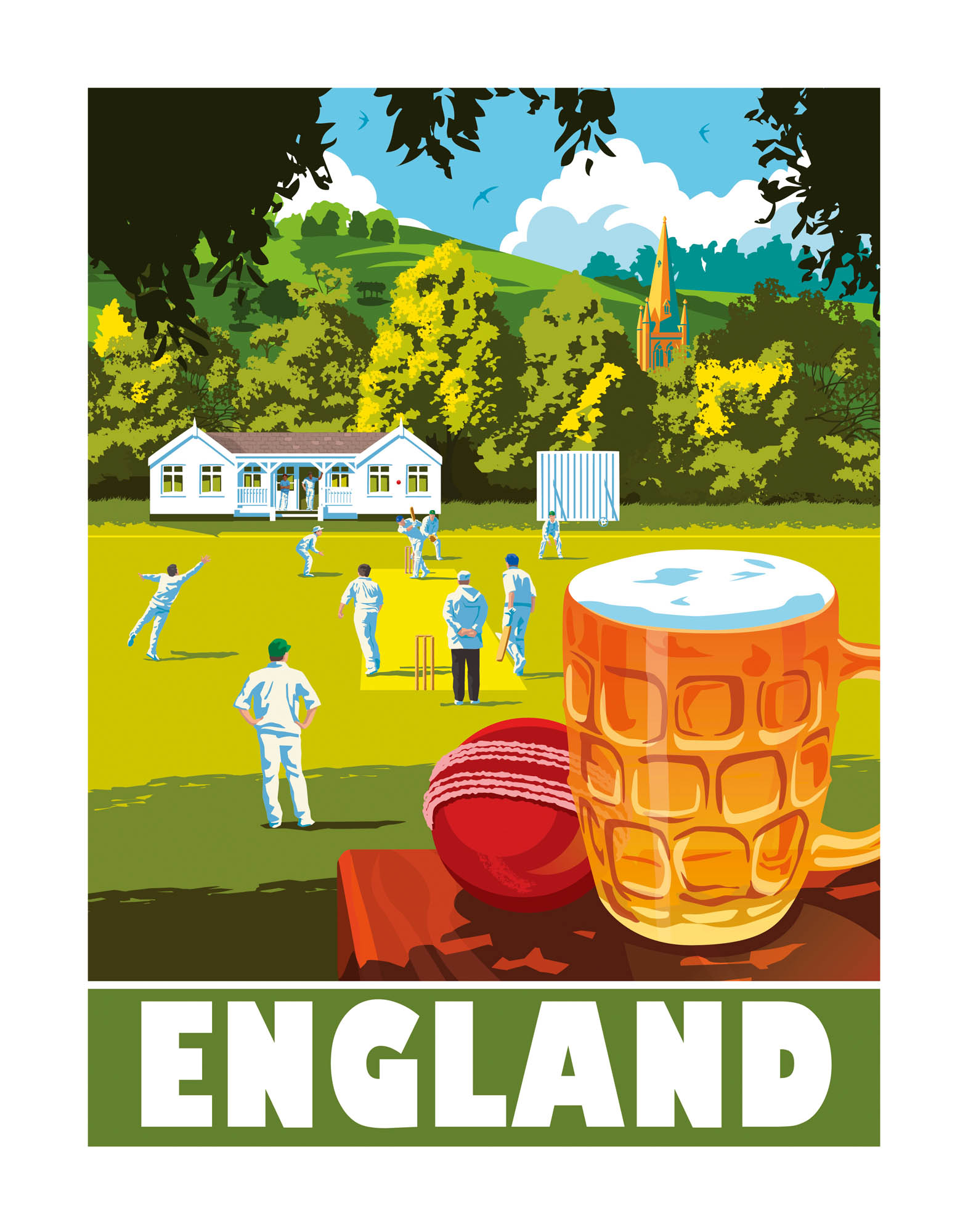
For those in search of England, its spirit, heart and character, there is probably no better visual inspiration than the series of travel posters created by graphic artist Stephen Millership. They stop you in your tracks, stand out as genuine objects of art, identifiably the work of one hand, the product of one vision.
You encounter them everywhere — in National Trust properties, gift shops and institutions such as the London Transport Museum, the Imperial War Museum at Duxford, Cambridgeshire, and the National Museum of Scotland.
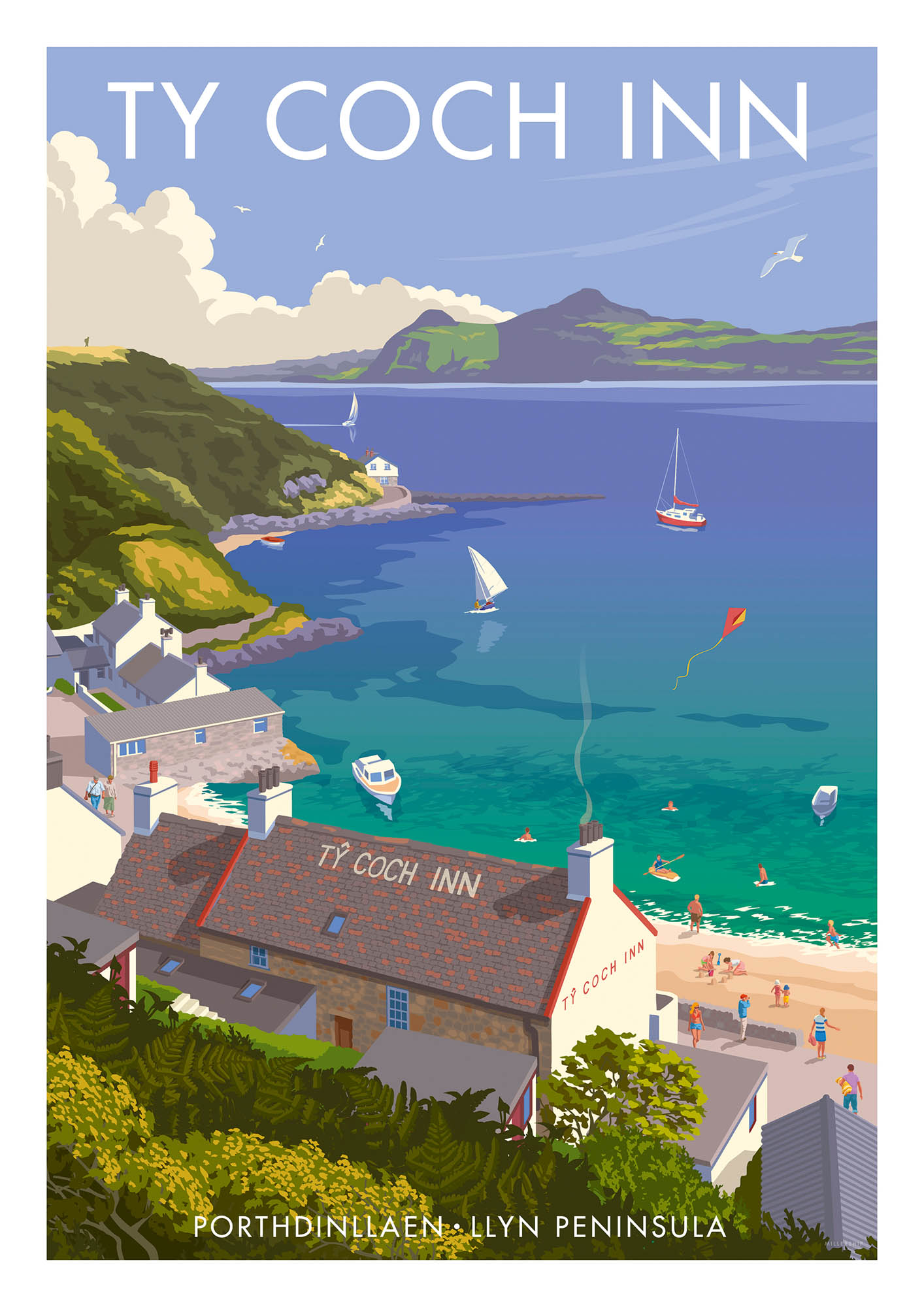
Mr Millership’s vibrant prints capture the countryside, the coast, historic towns and scenes from London. It’s difficult to believe that in less than a decade he has created such an extensive gallery of iconic places — currently standing at more than 200. He has a particular talent for portraying the capital’s landmarks — such as Tower Bridge, Trafalgar Square and the Tower of London — at their most glorious.
Perhaps most poignant is Waterloo Sunset, a mauve twilight suffusing an orange sky over peaceful Waterloo Bridge, with the London Eye, the Houses of Parliament, Westminster Abbey, the Ministry of Defence, Whitehall and Charing Cross Station on the skyline. It’s simply striking, in a mellow way. Up river, there’s the home of Henry VIII, Hampton Court Palace, in a vermilion glow. Is that Anne Boleyn, perhaps, at the gate in Tudor attire?
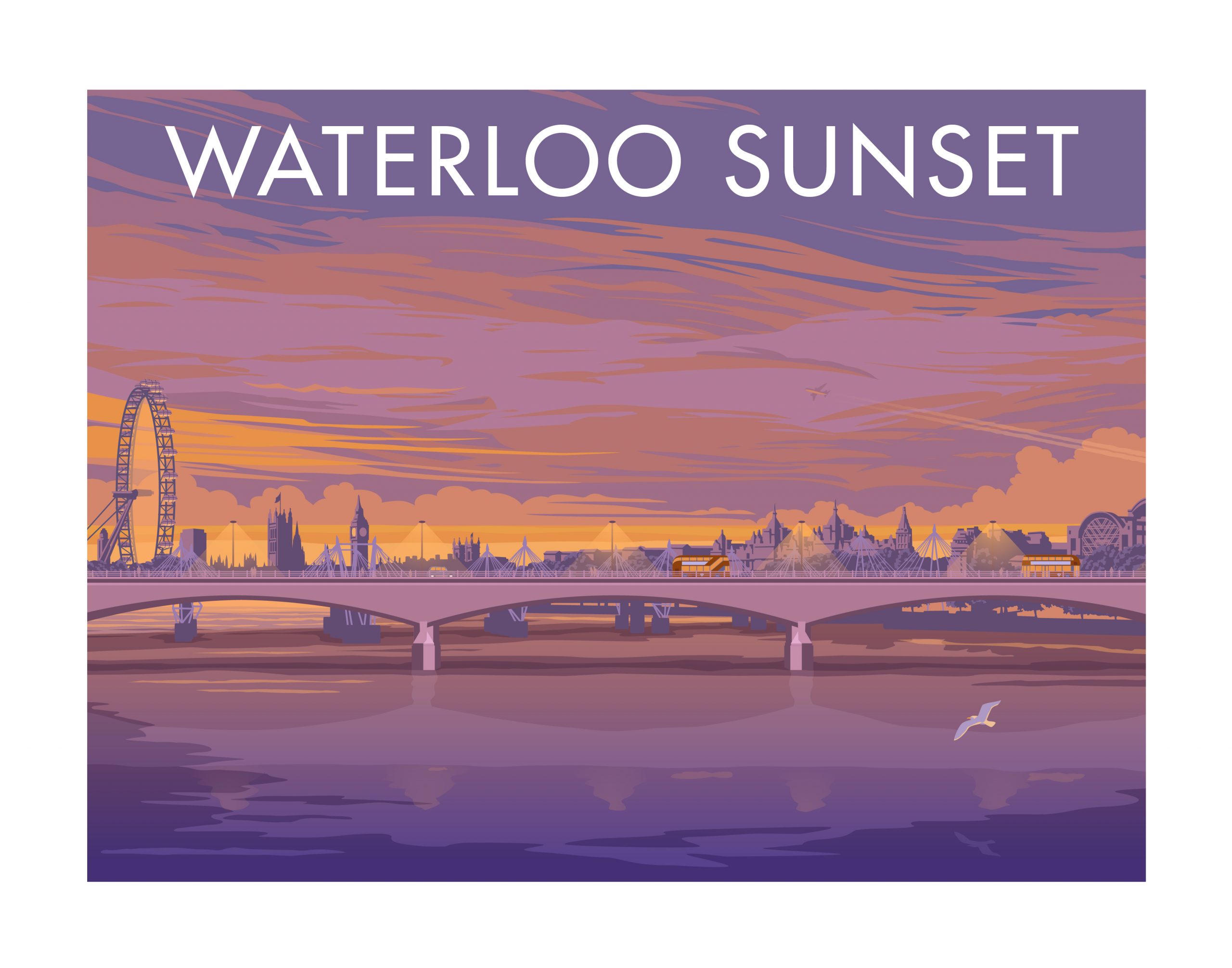
Beautifully simple, yet profoundly compelling, with more than a hint of symbolism and Art Deco references, Mr Millership’s work seems to define the country, drawing out its soul. His most famous print, simply entitled England, is a dreamy, sun-kissed evocation of a green and pleasant land found in a village cricket match and a dimpled tankard of honeyed ale. The sun is going down, maybe on a way of life.
His best-selling God’s Own Country frames the rolling pastoral landscape of the largest and proudest county, Yorkshire, behind a five-bar gate. This perfect bucolic image has somehow caught popular imagination and now adorns countless homes.
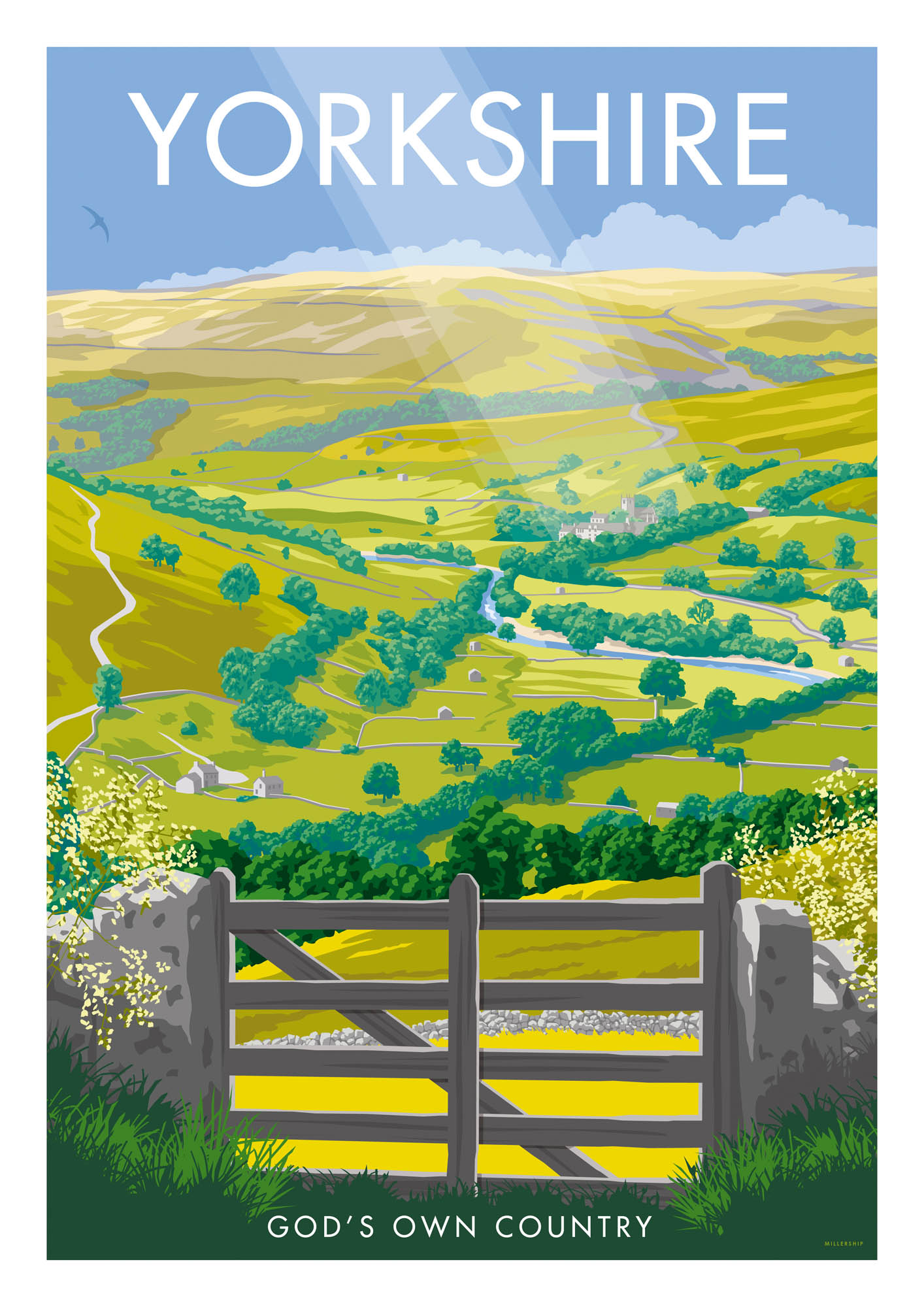
‘I’ve travelled the length and breadth of the country in a quest to capture its infinite variety — usually in glorious colour, but always with a view to discovering its spirit,’ explains Mr Millership. In the process, he left clues to much of Britain’s history. It’s hardly surprising to find him paying homage to Stonehenge, greatest of English prehistoric monuments, indeed one of the world’s best-preserved stone circles, as it broods over Salisbury Plain in Wiltshire.
Exquisite houses, the beauty of Nature, and how to get the most from your life, straight to your inbox.

Moving thousands of years forward, Alfred the Great, England’s mightiest king, stands proud in one of the finest cathedral cities, Winchester, Hampshire, and the noble rogue Robin Hood, bow drawn, arrow poised, casts a wary eye over Nottingham.
Castles such as Arundel in West Sussex, which dates back to the time of Edward the Confessor, and country houses often seen in period dramas feature prominently in the artist’s work. His print of magnificent Wollaton Hall, a Tudor pile in Nottinghamshire, has especial appeal to Americans, who instantly recognise Wayne Manor from the Hollywood Batman film The Dark Knight Rises.
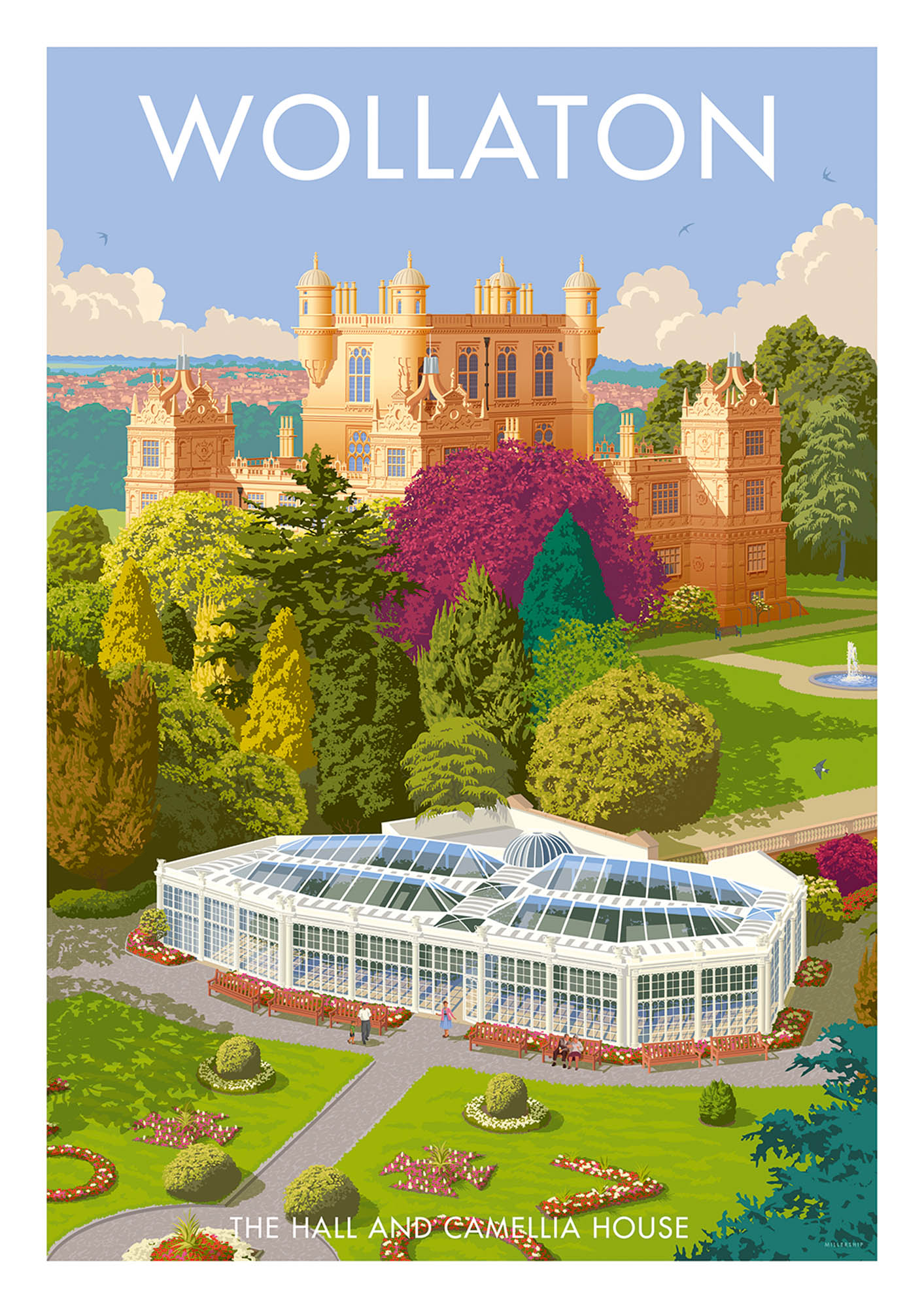
In comparatively modern times, a sleekly scarlet E-Type Jaguar, an icon of the motoring world, burns up the miles. In a shockingly blue livery is the streamlined Mallard, which set the world speed record for steam locomotives, in 1938 — still standing at 126mph. Overhead, that miracle of aeronautical engineering, the Spitfire, sails serenely across a clear blue sky, patrolling Dover’s white cliffs, defending the country in the Second World War.

Concorde, the turbojet-powered supersonic jet, darts out of another age. And The Beatles stare reverentially across the River Mersey, from Pier Head, before the Liver Building, which is surmounted, naturally, by the eponymous mythical bird, Liverpool’s emblem.

Although he’s not the first to re-create the naïve retro appeal of 1930s railway posters, he was one of the earliest to identify a mood and produce ‘artwork from a Golden Age, but with a modern twist’. This was in 2013, two years before he became a full-time freelance artist.
Mr Millership’s background was in the graphic art of computer games and proved very useful when he applied his talents to the heritage industry. ‘I found the limited palette of old posters very similar to what I’d experienced in the early days of computer graphics,' he says. 'Restrictions can stimulate creativity and I loved the way the poster artists used simple bright colours to glamourise travel and convey such optimism.’

‘I try to portray my locations in their best light,’ adds the artist. ‘Whether the countryside, the historic or the modern.’
Indeed, most of them burst with vibrancy and animation.
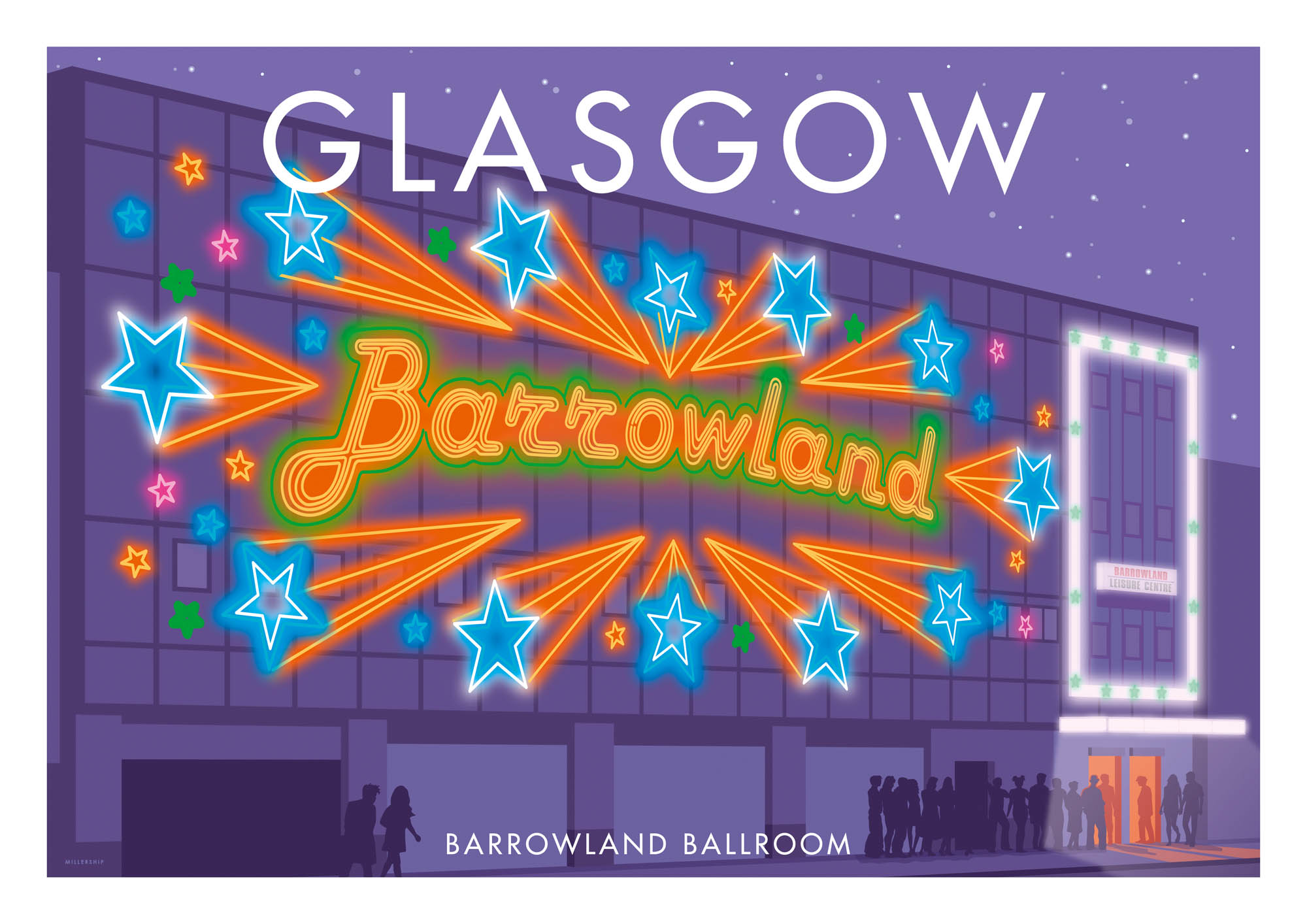
‘I produce a sort of hyper reality that seldom exists. Whether it’s a perfect summer day or a golden autumnal dusk, I try to make the image blaze with colour,’ he notes, making a brief comparison with illustrations from medieval manuscripts or Pre-Raphaelite paintings. ‘But, always, I try to capture the essence of a place, which is why I prefer to illustrate subjects I have visited or have a connection with.’
It’s fascinating to see him harness modern technology to produce retro-esque images at his studio near Manchester. He draws directly onto the screen using a mouse, working in Adobe Illustrator, which allows images to be enlarged to any size without degradation. ‘I basically draw shapes and assign colours or gradients to them,’ he says, wafting a vividly violet flourish onto the screen.
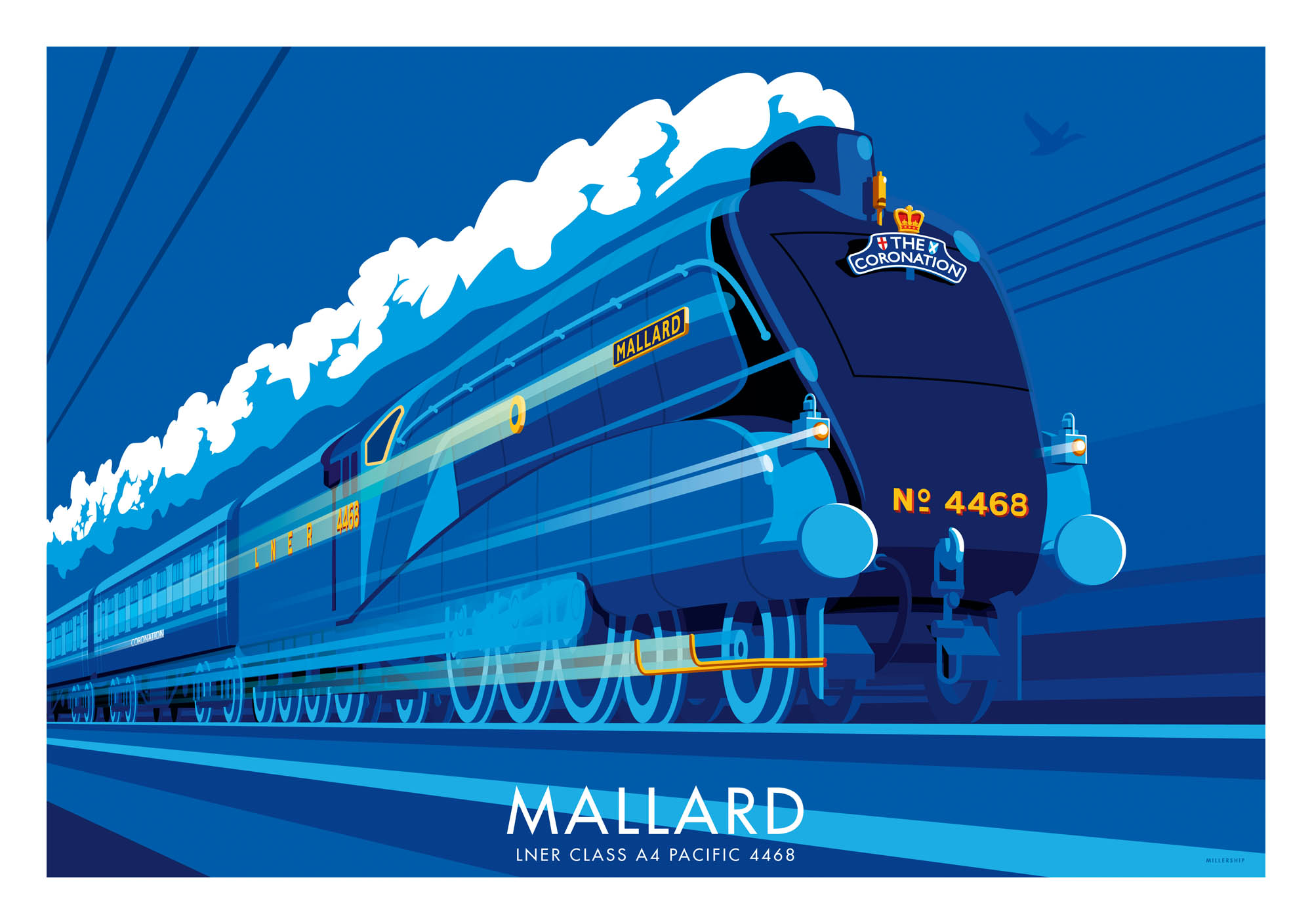
Although he makes light of his art, much effort goes into visiting a place and becoming intimately involved with it in order to capture its atmosphere. ‘The research process is hugely important and if I can finish an illustration with more knowledge than when I started, that gives me the most satisfaction.’

His images, however, travel even more than he does — as well as being popular at home, they are ideal souvenirs for overseas tourists keen to bring home a slice of England’s glory.
For more information, visit www.stephenmillership.com
Country Life is unlike any other magazine: the only glossy weekly on the newsstand and the only magazine that has been guest-edited by His Majesty The King not once, but twice. It is a celebration of modern rural life and all its diverse joys and pleasures — that was first published in Queen Victoria's Diamond Jubilee year. Our eclectic mixture of witty and informative content — from the most up-to-date property news and commentary and a coveted glimpse inside some of the UK's best houses and gardens, to gardening, the arts and interior design, written by experts in their field — still cannot be found in print or online, anywhere else.
